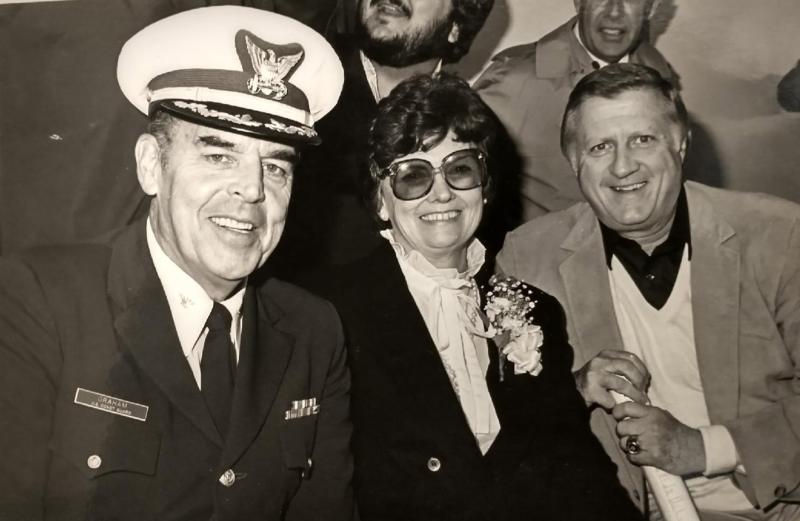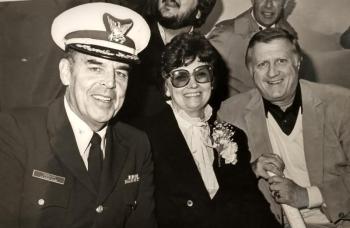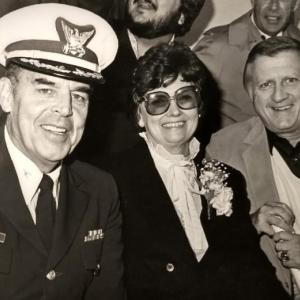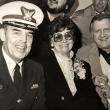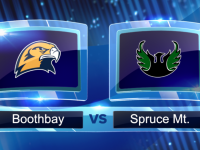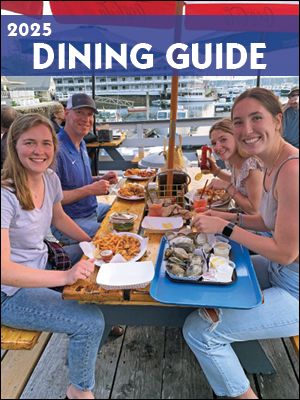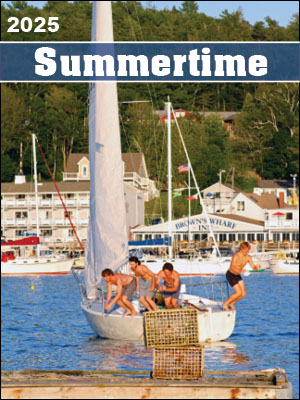Otto Graham's time and influence on the U.S. Coast Guard Academy
My dad, Reserve Captain Otto E. Graham, came into the Coast Guard family as a commander appointed by President John F. Kennedy through the back door. His appointment to the U.S. Coast Guard Academy as athletic director and head football coach in 1958 was not received well by many of the tradition bound officers of the service. He hadn’t even seen a boat, they complained. The brass that hired him had the foresight to believe thata man of Otto’s quality and stature could have a profound effect on the current and future cadets who would one day run the service. What the serious,ramrod straight officers didn’t expect was Otto’s mantra of “You can have fun and still be a professional.”By the time Otto retired in 1984, his “boys,” former football players, athletes of other sports, the cadet corps, and later the women of the Academy he greeted with open arms after the implantation of Title IX, had transplanted the previous staid upper echelon to become the admirals of today. They now readily admit his playfully humble yet confident nature literally changed the entire culture of the service.
It didn’t start that way. In the late 1940s before he became the Tom Brady of his era for the Cleveland Browns, Otto would enjoy playing anonymous golf in his free time with a guy named George Steinbrenner, who had just taken over his father’s shipping business on the shores of Lake Erie, and a young Coast Guard non-com named Arnold Palmer who played a mean game of golf. They played weekly for years. George had become working friends with then Capt. Frank Leamy, the OIC of the Cleveland Coast Guard Station, Arnie’s boss. That friendship would play huge dividends in the years to come.
When Otto retired from the NFL in 1956, he was burned out on the pressures of the NFL and promised my mother, Bev, he would not accept any of the coaching offers coming his way. He held out a year until he got a call from Wilfred Smith, of the Chicago Tribune asking ifhe’d consider being an assistant coach on Curly Lambeau’s College All-Star staff, the squad that took on the NFL champion at the beginning of each season. It would only be for a month. Bev relented and Otto agreed. When the All-Stars beat the Detroit Lions, Otto was hooked and would become the summer All-Star head coach for the next ten years.
Shortly after that first All-Star win, George Steinbrenner advised Otto that Frank Leamy was nowanadmiral andcommandant of the Coast Guard Academy in New London, Connecticut who was looking to replace their retiring football coach. Frank had been called by George to recommend Otto. Frank said, “Yeah, right.” He doubted Otto had even heard of the CGA, let alone would consider coaching there. Otto also said, “Yeah right,” but with Bev’s blessing decided to hop a train to New London for a look see. The rest is history.
During his tenure at the Academy, Captain Graham oversaw the modernization of the Academy sports complexes, the building of a modern field house and growth of the Academy’s programs. The USCGA was the only service Academy that did not accept congressional appointments. A future cadet got in by their SATs only, which is why the teams were rarely competitive. Soon though, smart and good athletes began applying to the Academy for the chance to play for Otto. In 1963, his Bears football team, for example, went undefeated and played in the Tangerine Bowl in Orlando. When Title IX later became the law of the land, Otto embraced it. His first decision was to give the varsity boys’ locker room to the women. In short order, having cadets of both sexes on campus became common place. Today, the women’s sports teams at the Academy thrive. I can think of no better example than to mention the 2025 Women’s Bears basketball squad led by team Captain Glory Blethen of Boothbay, who will graduate from the Academy in the weeks ahead and was previously highlighted in this celebration off the Coast Guard.
Otto was honored to be the Windjammer Days Grand Marshal in the late 1970s when I was on the Boothbay Harbor Police Dept. It was a proud moment for me to be blasting the siren in the squad car behind his convertible as he waved to the crowd and later enjoyed a visit to the Academy’s Barque-class Eagle, the 295-foot-tall ship majestically anchored in the outer harbor.

